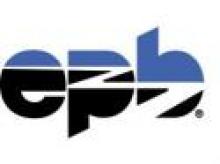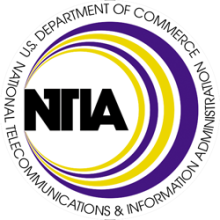Another Chattanooga Update
Chattanooga continues to generate a lot of press since their announcement of the nation's fastest broadband speeds.
For those who crave technical details, this article from Cable 360 looks into the tech behind the network:
EPB contracted with Alcatel-Lucent as its GPON network supplier. "We've designed our network a little bit different, with our control center located where our operations center is," says Wade. "We've designed a series of fiber rings that circle our city, allowing us to have multiple 10 Gig MPLS rings, terminating in 17 communications hubs connected back with our control center."Another article from Cable 360 (affiliate) gets into the smart-grid details of the network:
As far as the cost savings of the smart grid are concerned, users often don't realize that it costs several times more at certain times of day to generate electricity than it does at others, says EPB COO David Wade.But perhaps the most interesting update from EPB is another window into their take rates (from Tecca.com):
We are ahead of our business plan projections for this time frame. Since our launch last September (2009), we have signed up 18,873 homes to our EPB fiber optics services. That is a 15.45% take rate. Our goal is a 35% take rate, and we believe we will reach that in 2 years. Of our EPB fiber optics customers, 81% are receiving our Fi-Speed internet service. We are still building out fiber optics as well, and our entire 600-square-mile customer service area will have access to these advanced services by the end of the this year (2010).And finally, a short interview (audio quality is not good) with an EPB employee discussing Chattanooga's community fiber network. An interesting piece: noting that EPB views all employees as ambassadors of their product and offered them public speaking training.



